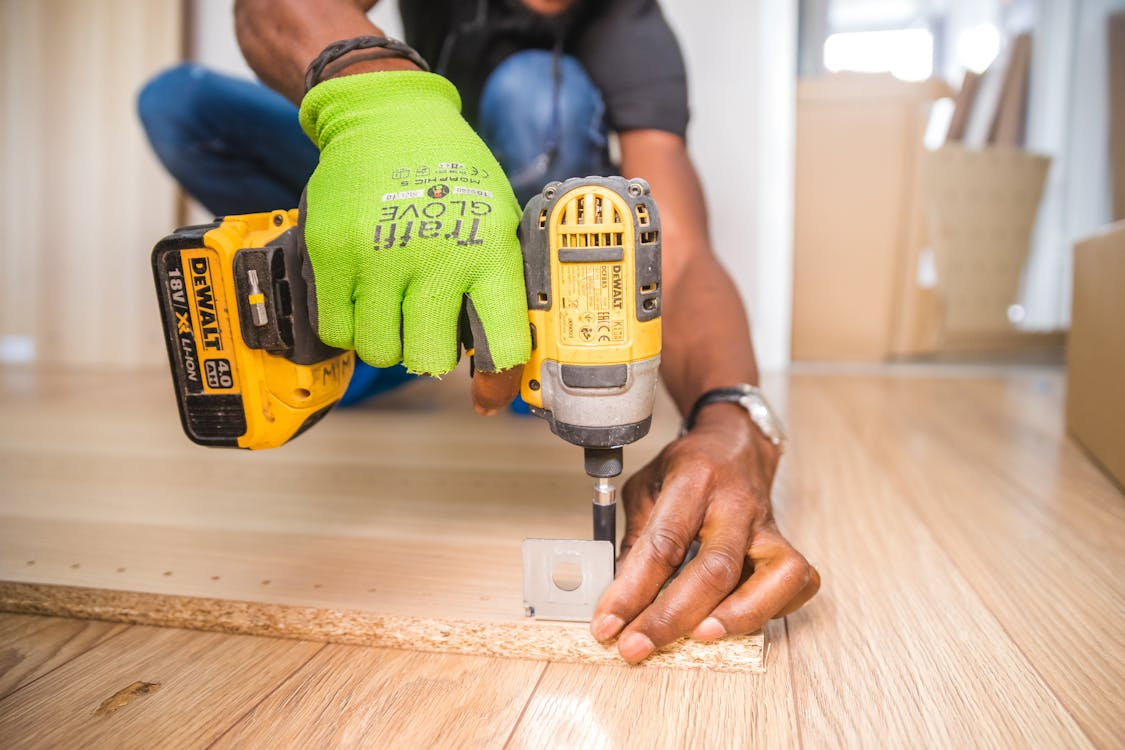St. Louis, MO, is home to outdoor enthusiasts who enjoy biking along the Katy Trail, kayaking on the Mississippi River, and camping in the nearby Ozarks. If you’re planning a move, transporting your recreational gear can be a challenge. Many of these items are bulky, fragile, or require special handling. If not packed properly, bikes can get scratched, fishing rods can break, and electronics can suffer damage.
Without a solid plan, moving recreational equipment can turn into a frustrating and expensive process. This guide will help you organize, pack, and transport your recreational items efficiently.
Make a List of All Your Equipment
Before you start packing, take stock of all the recreational gear you own. Go through your garage, basement, or storage shed and list every item that needs to be moved. This will help you determine the type of packing materials you need and whether any items should be sold or donated.
Large items like bicycles, kayaks, or treadmills require special handling, while smaller gear such as fishing tackle or hiking equipment should be packed securely to prevent damage. If you have old or unused equipment, consider selling it to reduce the number of items you need to transport. Keeping a detailed inventory will also make it easier to unpack and set up your gear in your new home.
Understand Local Moving Regulations for Oversized Items
St. Louis has specific regulations regarding the transport of oversized recreational equipment. If you’re moving boats, ATVs, or large trailers, you may need special permits or have to follow specific road rules. Check local laws to ensure you’re complying with transportation requirements.
For instance, if you’re not immediately taking your boat to your new home, look up boat storage St. Louis MO to keep it safe in a storage unit. A secure storage facility keeps your boat protected from weather damage, theft, and other risks while you settle in.
If using a moving company, ask whether they have experience handling large equipment. Some movers specialize in transporting bulky items, while others may not be equipped to do so safely. If towing a trailer, confirm that your vehicle meets the weight and towing capacity limits. Taking these steps will prevent legal issues and ensure a smoother moving process.
Disassemble Large Items to Save Space
Moving large recreational equipment can be tricky, but disassembling it can make the process easier. Taking apart bikes, kayaks, or fitness machines will help save space and prevent damage.
For bikes, remove the front wheel, pedals, and handlebars. Secure the loose parts with zip ties and pack them in a labeled bag. If you have a kayak, detach any removable accessories like paddles, seats, and footrests. This will make the kayak easier to transport and protect it from scratches or dents.
If you own fitness equipment like a treadmill or weight bench, check the user manual for instructions on how to take it apart. Some machines can be folded, while others may need to be fully disassembled. Keep screws, bolts, and small parts in labeled containers so you can reassemble everything quickly after the move.
Use the Right Packing Materials for Protection
Choosing the right packing materials is essential to prevent damage during the move. Recreational equipment is often expensive, so it’s worth investing in quality protective materials.
For delicate items like fishing rods, use hard cases or padded sleeves to prevent them from bending or breaking. Bicycles should be wrapped in moving blankets or bubble wrap to protect the frame. Kayaks and paddleboards should be covered with moving blankets or foam padding to prevent scratches.
If you’re packing electronics like GPS devices, drones, or action cameras, use anti-static bubble wrap and sturdy boxes. Make sure to remove batteries to prevent leaks during transport. Secure everything with packing tape and label boxes clearly, especially if they contain fragile items.
Secure Equipment in the Moving Vehicle Properly
How you load your equipment into the moving vehicle is just as important as how you pack it. If your items shift during transit, they could break or cause damage to other belongings.
For large items like kayaks or paddleboards, use a roof rack or trailer for secure transport. If placing them in a moving truck, lay them flat and secure them with straps to prevent movement. Bikes should be positioned upright with wheel stabilizers or strapped against the wall of the truck.
Smaller items should be packed in sturdy bins with lids to prevent them from shifting. Avoid stacking heavy objects on top of delicate equipment. Taking extra time to secure your gear properly will help ensure it arrives safely at your new home.
Protect Fragile or Expensive Equipment During the Move
Some recreational equipment is fragile or expensive, requiring extra precautions during packing and transport. Items like drones, GPS devices, and action cameras need strong, impact-resistant cases to prevent damage. If you own fishing rods, store them in hard-shell cases to protect them from bending or snapping.
Musical instruments, golf clubs, and hunting gear also need special care. Wrap them in padded materials to avoid scratches and store them in sturdy containers. Firearms and archery equipment should be secured properly following local laws. If moving in extreme weather, avoid leaving sensitive equipment in direct sunlight or freezing conditions for long periods. Proper protection ensures that your valuable gear arrives safely and remains in good condition.
Account for Weather Conditions That Could Affect Your Gear
Weather conditions can impact the safety of your recreational equipment during a move. If you’re moving in the summer, intense heat can damage plastic and rubber components. Store sensitive items like inflatable kayaks, bike tires, and sports balls in a climate-controlled space to prevent warping or cracking.
For winter moves, cold temperatures can affect batteries, lubricants, and delicate materials. Keep electronics in insulated cases to avoid temperature-related damage. If there’s rain or snow in the forecast, waterproof covers or plastic wrapping can help keep your gear dry. Checking the weather ahead of time will allow you to take the necessary precautions to protect your equipment.
Moving recreational equipment requires careful planning to keep your gear safe and intact. Taking the time to clean, disassemble, and pack items correctly will prevent damage and make unpacking easier. Using the right packing materials, securing your equipment properly, and staying aware of local regulations will help you avoid common moving challenges.
Once you’ve arrived at your new home, inspecting and reassembling your gear ensures that everything is ready for use. Following these steps will make the process smoother and stress-free. Proper preparation will allow you to continue enjoying your favorite outdoor activities without unnecessary setbacks.














